Call 9-8-8!
Are you or someone you know experiencing a mental health crisis? As of July 16, 2022, you can call 988 for 24/7 access to trained crisis counselors for help while experiencing mental health-related distress. Examples of mental health related distress can include:
- Thoughts of suicide
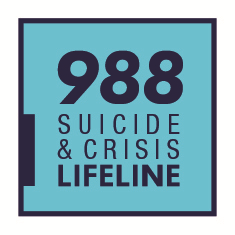
- Mental health or substance use crisis
- Any other kind of emotional distress
You can call or text 988 for yourself or a loved one in need of crisis support. Congress designated 988 in 2020 as a replacement of the National Suicide Prevention Lifeline. In Oregon, 988 operated by Lines For Life, a regional non-profit dedicated to preventing substance abuse and suicide.
COVID-19 Effect on Mental Health
The federal government established 988 as part of an effort to address the mental health crisis in America. This problem has been exacerbated by the COVID-19 pandemic. In 2020 alone, the United States had one death by suicide every eleven minutes. This crisis is especially evident in our youth where suicide is a leading cause of death for people ages 10-34.
Prior to COVID-19 a youth survey found that there was a 40% increase in high school students from 2009 to 2019 who reported experiencing persistent feeling of sadness or hopelessness. A survey of U.S. adolescent athletes taken in May 2020 found that rates of depression was six times higher for females and fourteen times higher for males compared to before the pandemic. In addition, 2021 research has shown significantly higher rates of depressive and anxiety symptoms, insomnia, disordered eating, and suicidal ideation compared to before the pandemic.
Addressing Concerns in Our Community
Due to these concerns, The Center Foundation launched our Mental Health program in the fall of 2021 in an effort to to address the unique mental health concerns experienced by student-athletes in our community. The Center Foundation has a unique platform to help raise awareness of psychological concerns in our community through our Sports Medicine outreach program, providing athletic trainers to local high schools in Central Oregon.
Role of Athletic Trainers
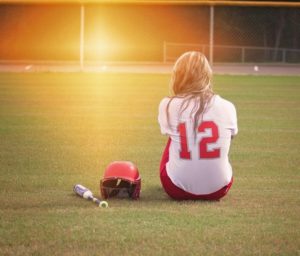
Athletic Trainers are a key part of a multi-disciplinary approach to raising awareness, recognizing concerns, and referring students to licensed mental health care professionals. Whereas Athletic Trainers cannot diagnose, evaluate, treat, or care of mental health issues/illnesses/disorders, they are educated in recognizing the signs and symptoms of mental health issues that may warrant a referral to an appropriate licensed healthcare professional.
Additionally, athletic trainers play a unique role in the healthcare setting. They are one of the few healthcare professionals who work with an athlete while they are healthy, present when an athlete is injured, and also work with them throughout their journey to full recovery. Therefore athletic trainers are in a position to get to know their patients on a unique, personal level and to build trust. Thus athletic trainers are in position to recognize psychological concerns early and/or may be in a situation in which the individual may be more willing open up and share issues they may be having.
Program Goals
Therefore the goals of The Center Foundation’s new mental health program is to raise awareness of these important issues in our community through the following processes:
- Educate our athletic training staff and local sport coaches in how to recognize, respond, and refer students in crisis.
- Work with the school districts we serve to develop a mental health emergency action plan.
- Develop ‘Mental Health Management’ teams at the schools we serve to identify and support students in need.
- Establish referral networks in the schools and communities we serve.
- Support efforts to increase access to mental health care for students.
- Launch an early recognition and screening program.
References:
- Centers for Disease Control. (2020). Youth Risk Behavior Survey Data Summary & Trends Report 2009-2019.
- McGuine TA, Biese KM, Petrovska L, et al. Mental Health, Physical Activity, and Quality of Life of US Adolescent Athletes During COVID-19-Related School Closures and Sport Cancellations: A study of 13000 Athletes. Journal of Athletic Training. 2021;56(1):11-19.
- Lines for life. Lines For Life. (n.d.). Retrieved July 19, 2022, from https://www.linesforlife.org/
- 988 key messages. SAMHSA. (2022, July 15). Retrieved July 19, 2022, from https://www.samhsa.gov/find-help/988/key-messages
Written by: Stuart Schmidt, MS, ATC, CSCS Program Manager/Head Athletic Trainer for The Center Foundation in Bend, OR. Learn more about Stuart HERE.

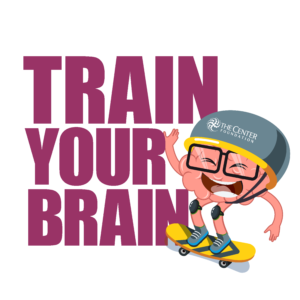


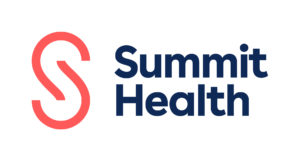
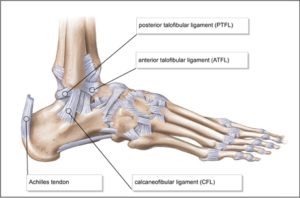
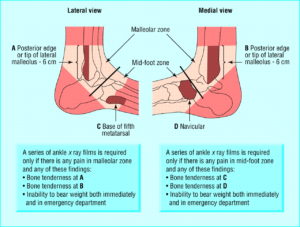

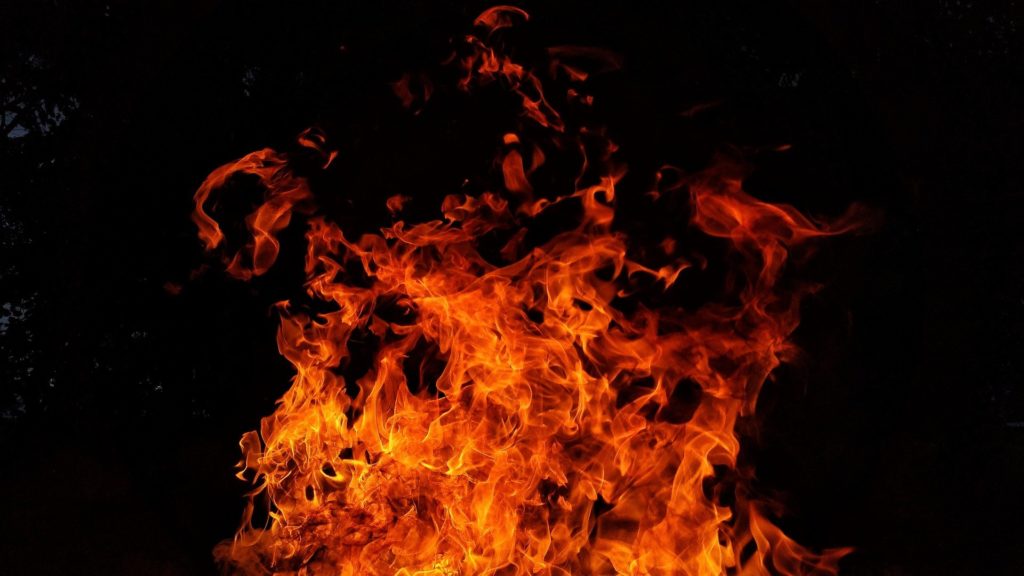




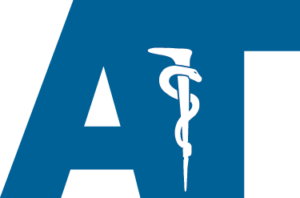

 The 2021-22 school year is underway and fall sports are back! We are excited to kick off a new year and continue to provide athletic trainers to local high schools to keep kids safe. This fall, look for us in your high school athletic training room where we will be on a daily basis providing onsite injury prevention and treatment services for YOUR student athlete.
The 2021-22 school year is underway and fall sports are back! We are excited to kick off a new year and continue to provide athletic trainers to local high schools to keep kids safe. This fall, look for us in your high school athletic training room where we will be on a daily basis providing onsite injury prevention and treatment services for YOUR student athlete.
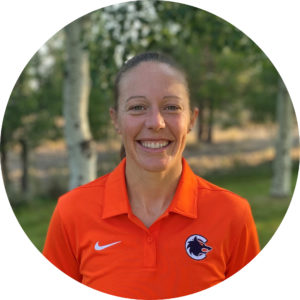
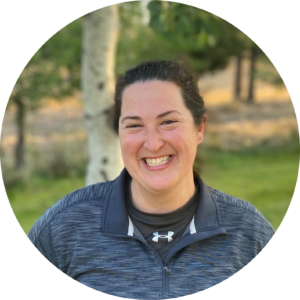
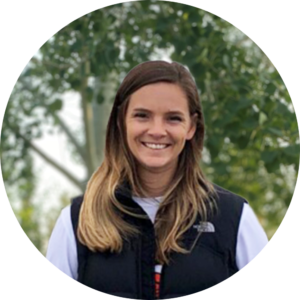
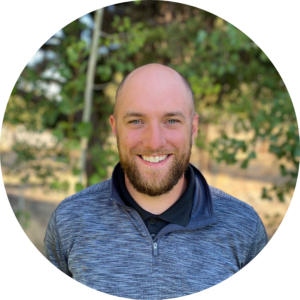
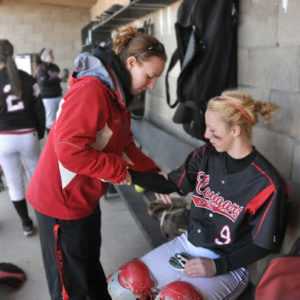
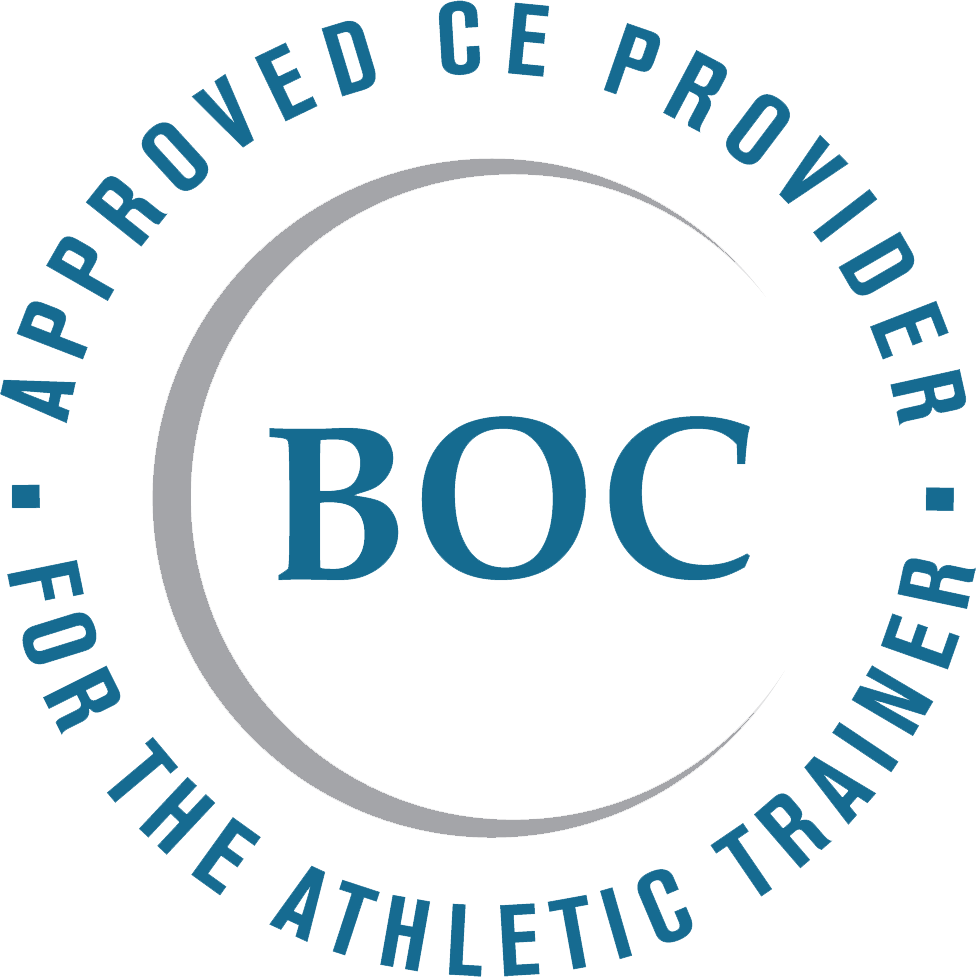 In addition to the national exam, the BOC also ensures that athletic trainers complete at least 50 credit hours of continuing education every two years. This requirement guarantees that athletic trainers remain current in their ability to recognize, treat, and prevent injuries.
In addition to the national exam, the BOC also ensures that athletic trainers complete at least 50 credit hours of continuing education every two years. This requirement guarantees that athletic trainers remain current in their ability to recognize, treat, and prevent injuries.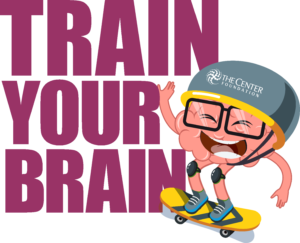 Our grade school outreach program, Train Your Brain, brings brain safety education to third grade classrooms across Central Oregon. Each year, we visit every third grade classroom in Central Oregon, delivering a fun, educational presentation on the importance of preventing brain injuries. We focus on helmet safety, care and fitting of a multi-sport helmet. In addtion, the presentation caps off with our famous melon drop demonstration to highlight the importance of wearing a helmet. At the conclusion of the presentation, we give out and properly fit multi-sport helmets for every kid that needs one. In 2019, we visited more than 30 elementary schools across Central Oregon and gave out over 800 free helmets. We have proudly presented this program for the past 10 years.
Our grade school outreach program, Train Your Brain, brings brain safety education to third grade classrooms across Central Oregon. Each year, we visit every third grade classroom in Central Oregon, delivering a fun, educational presentation on the importance of preventing brain injuries. We focus on helmet safety, care and fitting of a multi-sport helmet. In addtion, the presentation caps off with our famous melon drop demonstration to highlight the importance of wearing a helmet. At the conclusion of the presentation, we give out and properly fit multi-sport helmets for every kid that needs one. In 2019, we visited more than 30 elementary schools across Central Oregon and gave out over 800 free helmets. We have proudly presented this program for the past 10 years.